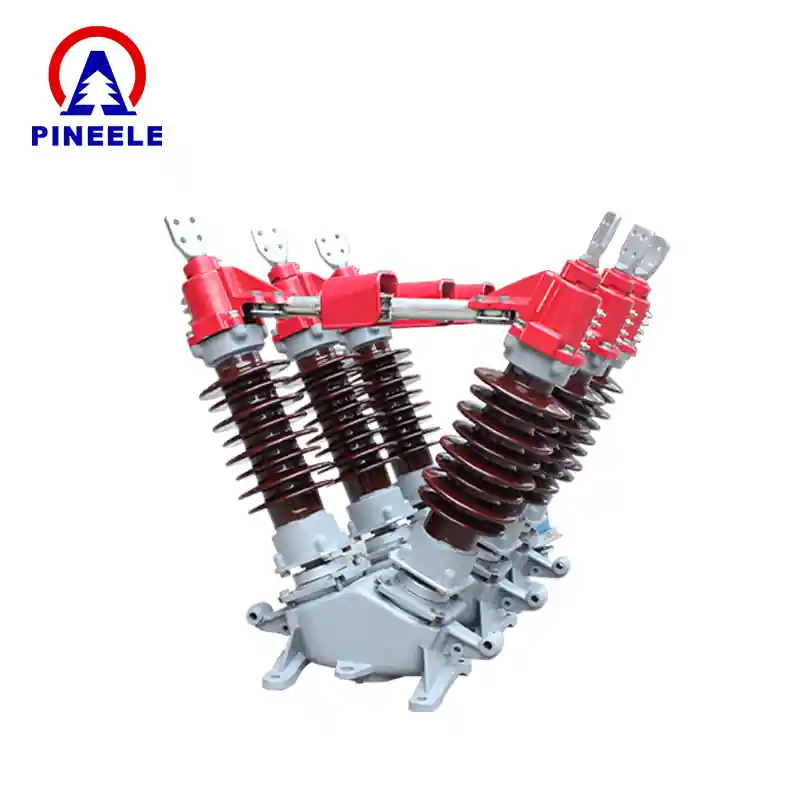
As power demands grow in commercial and industrial facilities, so does the need for robust electrical protection and control. The 400 amp disconnect is a vital part of medium to large-scale electrical systems, offering safe, reliable, and code-compliant power disconnection. This comprehensive guide explains what a 400 amp disconnect is, where it’s used, and what to consider when selecting one.
What Is a 400 Amp Disconnect?
A 400 amp disconnect switch is an electrical safety device that allows operators or technicians to isolate a circuit with a maximum current of 400 amperes. It’s used to de-energize equipment for maintenance, emergency shutdowns, or to comply with regulatory safety standards. These disconnects are available in fusible そして non-fusible variants and can handle either single-phase または three-phase システムである。
They’re often found upstream of large load centers, commercial HVAC units, industrial motors, and backup generators. NEC Article 230 and OSHA standards outline specific conditions where disconnect switches are mandatory.
Applications of 400 Amp Disconnects
400 amp disconnects are widely used in:
- Industrial Facilities: Controlling heavy machinery, process lines, and motor control centers.
- Large Commercial Buildings: Serving main switchboards, commercial kitchens, and multi-tenant metering panels.
- Institutional Settings: Hospitals, schools, and data centers where continuous operation and safe maintenance access are crucial.
- Renewable Energy Systems: Disconnects for high-capacity solar arrays or battery storage.
技術仕様
Typical features of a 400 amp disconnect switch include:
- Current Rating: 400A
- Voltage Rating: 240V / 480V AC, often available in 3-phase
- Interrupt Rating: 10,000 to 200,000 AIC depending on the model
- Fusible vs. Non-Fusible: Fusible models provide integral overcurrent protection
- Enclosure Types: NEMA 1 (indoor), NEMA 3R or 4X (outdoor/weatherproof)
- UL or CSA Certification
- Lockout/Tagout Ready
- Neutral and Grounding Bar Options
High-performance units may offer arc flash protection, visible blade indication, and auxiliary switch compatibility.
Comparison With Other Disconnect Sizes
| Feature | 200 Amp Disconnect | 400 Amp Disconnect | 600 Amp Disconnect |
|---|---|---|---|
| Max Load Capacity | Medium homes / light business | Large commercial / industrial | Very large industrial loads |
| Typical Voltage | 120/240V or 277/480V | 240V/480V AC | 480V/600V AC |
| Size & Weight | Medium | Large, heavy-duty | Extra-large |
| Compliance | NEC 230 | NEC + OSHA compliant | NEC/ANSI/NFPA-compliant |
Selection Guide: How to Choose the Right Model
When choosing a 400 amp disconnect, consider:
- Indoor or Outdoor Application: Use NEMA 4X for corrosive or wet locations
- Phase and Voltage Rating: Match your building’s electrical service
- Fusible vs. Non-Fusible: Choose fusible when integrated short circuit protection is required
- Maintenance Needs: Opt for visible blade or load break features
- Brand and Reliability: Recommended manufacturers include ABB, Schneider Electric, Eaton, Siemens, and GE
Market Trends & Industry Demand
Driven by infrastructure upgrades, increased industrial automation, and expansion in clean energy, demand for 400 amp and higher-rated disconnects is growing steadily. According to reports from MarketsandMarkets そして IEEMA, the industrial switchgear segment—where disconnects play a central role—is expected to reach a global valuation of over USD 80 billion by 2027, growing at a CAGR of 6.1%.
The push for arc flash protection, remote switchingそして smart monitoring is also influencing design trends.
Frequently Asked Questions (FAQ)
A: Yes, buildings with high service capacity or large equipment loads often require a 400A disconnect for safety and code compliance.
A: Absolutely. Choose a unit with a NEMA 3R or NEMA 4X enclosure to ensure weather protection.
A: Fusible models offer better protection and isolation in generator applications, especially where short-circuit events are a risk.
The 400 amp disconnect is a cornerstone of modern electrical safety infrastructure. From factories to campuses, it provides peace of mind, operational reliability, and life-saving protection. Selecting the right model ensures not just compliance, but efficiency and long-term resilience.
Get a printable version of this page as a PDF.